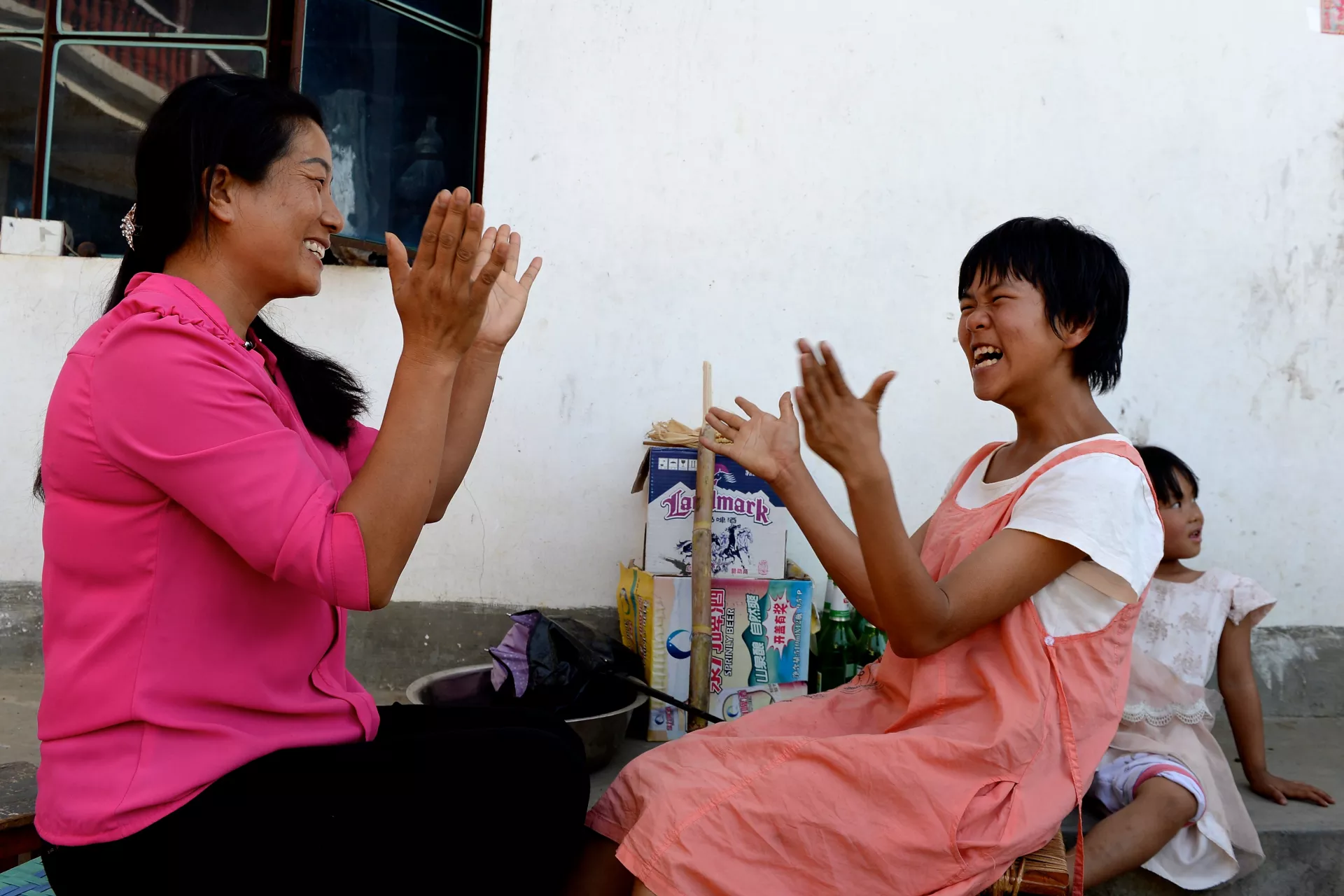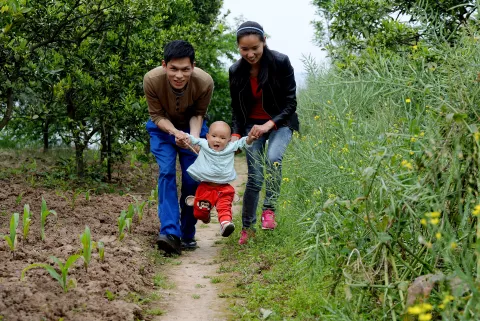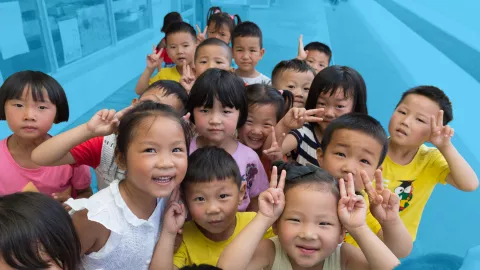3 things you can do to get your child moving and playing
Play is fundamental to the health and well-being of children.

- Available in:
- 中文
- English
Play nurtures all areas of development and stimulates brain development.
Playing with your child doesn’t have to be expensive or difficult. Low-cost, no-cost local materials provide ample opportunity for play.
Here are three things you can do to encourage play:
Let your child play
Some people see play as just something children do and think that it doesn’t have any special value. Yet, play comes from a deep seated universal need to explore, interact and understand. Play is a vehicle for learning. It fosters creativity and flexibility and encourages children to imagine. Allow time for children to spontaneously play on their own and with others. Take note of children’s activities when playing and think of ways to support their play. For example, provide small containers when playing with water. Show interest in their play and encourage their creativity and imagination.
Let yourself play
Being playful is also important in adulthood – it can be stimulating, joyful and relieve stress. Add humour and playfulness in interactions with children to foster connection and strengthen the relationship. For example, when dressing a young child, ask “where are your toes?”; being surprised to “find them” can make an everyday routine fun. When playing with young children, let them take the lead. For example, in how to build with the blocks or what role to take on when pretending. Be prepared to go along with their favourite activities, games or imaginative play themes a few times. Children learn through repetition.
Be resourceful
Look around your environment for everyday low-cost, no-cost materials. Collect natural materials such as coconut shells, bamboo, seeds, sticks, leaves and stones, and recyclable items such as plastic bottles and cardboard boxes for children to explore and incorporate into their play. Dolls, toy animals, cradles, blankets, pots and pans allow children to play roles they see in everyday life. Make books and games using pictures, cardboard and boxes.





